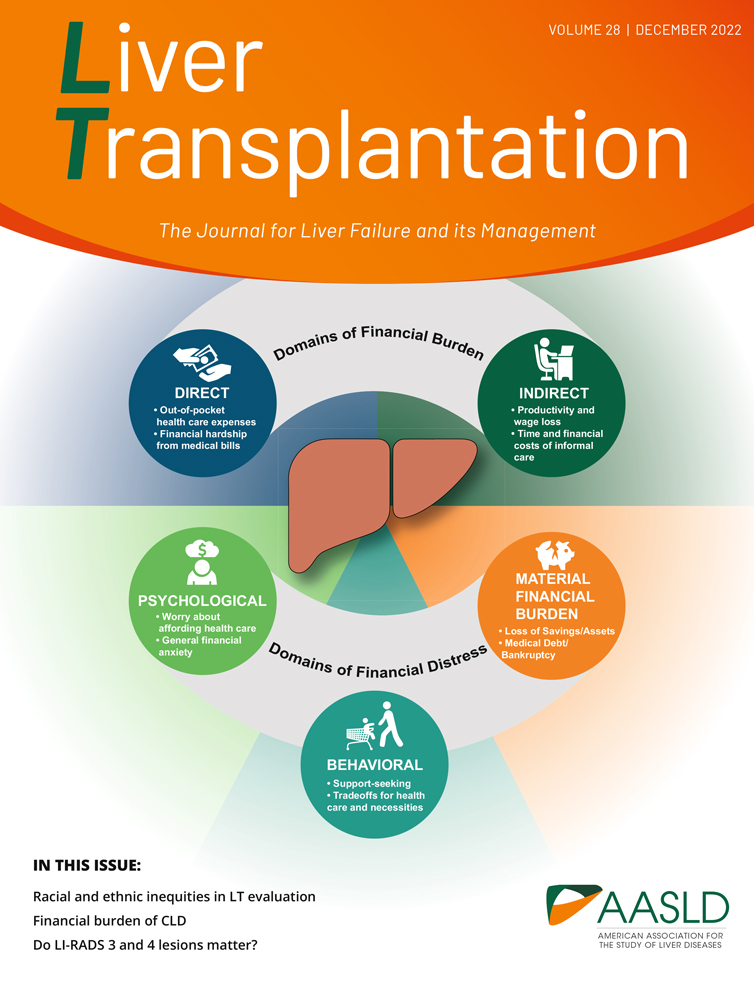Budd-Chiari syndrome: Case report
A 23-year-old white woman presented to her primary-care doctor with a 6-week history of progressive abdominal swelling. She received furosemide to treat fluid retention. Two weeks later, she returned to her physician with increasing abdominal discomfort and a 5-kg weight gain. She was referred for specialty care.
At initial presentation to the liver clinic, the patient complained of abdominal discomfort, increasing abdominal girth, ankle edema, early satiety, and some nausea. Her mother remarked that her eyes seemed yellow. She stated that she had not felt well for several months and had gained a total of 15 kg in the past 3-4 months. She denied illicit drug use or tobacco use. She drank alcohol rarely. Medications included 80 mg of furosemide daily for abdominal swelling and an oral contraceptive that she started taking 10 months ago in an effort to regulate her menses. She recently was given ibuprofen for abdominal discomfort. She denied any family history of liver disease or coagulation disorders. She gave no history of serious illness in herself or her immediate family.
The patient weighed 54.6 kg, had a pulse of 104 beats/min, a temperature of 37°C, and blood pressure of 94/62 mm Hg. Scleral icterus and tense abdominal ascites were evident. Peripheral edema (3+) was present. No dermovascular signs of chronic liver disease were detected. Asterixis was not present. Peritoneal aspiration was negative for infection. Serum-ascites albumin gradient was 1.4 g/dL. Table 1 lists the patient's laboratory values.
| Test | Value |
|---|---|
| WBC | 9.700 |
| PCV | 38 |
| Hg | 11.6 |
| Platelets | 106 |
| INR | 2.6 |
| AST | 306 |
| ALT | 430 |
| AP | 520 |
| Bilirubin | 6.8 |
Protein S, C, factor V, ATIII, anticardiolipin antibody, and G20210A gene mutation prothrombin factor were all negative. A urine pregnancy test was negative.
Ultrasonography demonstrated hepatomegaly with failure to demonstrate hepatic vein flow. The caudate lobe was enlarged. Portal vein flow was visualized. The spleen was enlarged. Large-volume ascites was present.




